What does your nose say about your personality and your character? Lots of things. Maybe more than you think!
When we say we can see something “like the nose in the middle of the figure,” it may be suitable for a good reason, finally! Indeed, the face – particularly the shape of the nose – can say a lot about our personality. And what is hidden deep inside us?
Nose Anatomy
The nose is a highly complex structure responsible for the functions of respiration and olfaction. At first glance, it may seem like a simple shape, but this structure is composed of various bones, cartilages, and tissues.
Anatomical Structure of Nose
- Nasal Root: The nose begins in the middle of the face and meets the forehead at the upper part called the “nasal root”.
- Apex and Tip: The tip of the nose is the very bottom of the nose and is also referred to as the apex. It is generally covered with flexible cartilage, which helps maintain its shape.
- Septum: Inside the nose, there is a thin wall separating the two nostrils, known as the “septum”. The septum consists of both bone and cartilage.
- Nostrils: These are the two openings through which air enters and exits the body during respiration. Between each nostril, there is a “cartilaginous division between the nostrils.”
- Nasal Cavity: Air enters through the nostrils and is warmed, humidified, and filtered in the nasal cavity. This provides clean and moist air to the other parts of the airway, making respiration more efficient.
Functions and Characteristics of the Nose
The nose plays a critical role in the function of respiration. It takes in air while inhaling and expels carbon dioxide while exhaling. Moreover, the shape and size of the nose can vary depending on genetic factors, climatic conditions, and evolutionary processes. For instance, people living in cold climates often have narrower and higher noses, effectively warming the air.
You should already know that there are eight different types of the nose, each with its characteristics.
Types of Noses Female and Male

So which of these noses matches yours? Compare, then see what your nose can reveal about your personality!
The concave nose is often considered the perfect nose. Slightly hollowed out in the middle, the point dashes very slightly forward. This type of nose often reveals excellent sensitivity and a particular kindness of soul. These people are ready to help their neighbors and are known to have their hearts on their hands.
Be careful, though; they are fragile people! And so you have to be careful not to hurt them because of the great empathy it is easy to break them.
What are the Different Nose Shapes for Male and Female?
- Greek Nose (Concave nose)
- Roman Nose (Convex nose)
- Fleshy Nose
- Nubian Nose
- Upturned Nose
- Nixon Nose
- Hawk Nose
- Bumpy Nose
- East Asian Nose
- Bulbous Nose
How Do I Know My Nose Shape?
Greek Nose

The straight nose is also called the Greek nose, and for a good reason: it was seen to have a perfect and mainly aesthetic shape among the ancient Greeks. It is found in the sculptures and engravings of the time. It is a nose with a pointed tip and narrow nostrils. People with this type of nose are likely to have a great practical sense. They have a loyalty to any test are brilliant, determined but often a little shy.
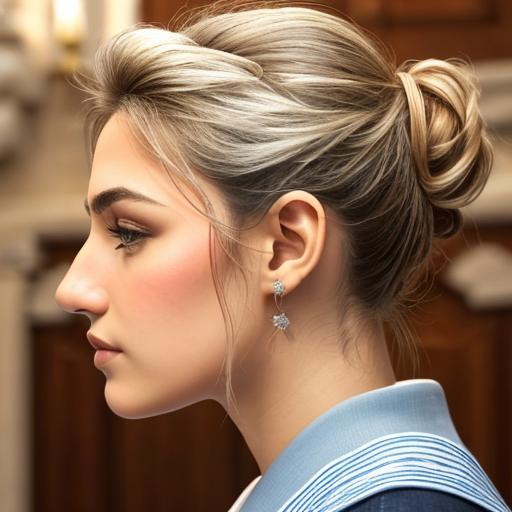
They sometimes have trouble expressing their emotions, which can be a problem in their professional and personal relationships.
Roman Nose (Convex Nose)
The Convex nose, or Roman nose, is characterized by a large curve in the middle of the nose. We sometimes find a slight hollow at the birth of the nose or even towards the end. It generally reflects a strong leader personality. People with such an appendage are often very charismatic, and even when they are not in charge, they know how to be heard and, in their way, have a strong influence on others.

The Convex Nose is characterized by its outward curve, especially when viewed from the side. Here are some of its features:
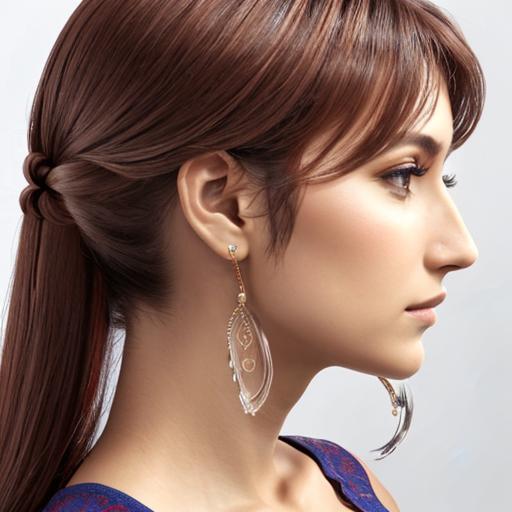
- Bridge: The most distinct characteristic of a convex nose is its prominent and protruding bridge. This results in a noticeable curve or hump on the nose’s bridge, which can be easily seen in profile.
- Tip: Depending on the individual, the tip might be droopy or downward-pointing, further emphasizing the convex shape.
- Alternative Names: The convex nose is sometimes referred to as a “Roman nose” or “aquiline nose.” Both terms describe the nose’s curved or hooked appearance, reminiscent of an eagle’s beak (the term “aquiline” comes from the Latin word “aquilinus,” meaning “eagle-like“).
Nubian Nose
The Nubian Nose is characterized by its distinct and unique features:


- Length: It tends to be longer than some other nose types.
- Base: It has a broad and wide base.
- Bridge: The bridge of the Nubian nose may not be as protruding or high as seen in some other nose types.
- Cultural and Ethnic Associations: This nose type is often associated with people of African descent, especially those from the Nubian regions of what is now Sudan and southern Egypt.
Upturned nose (Celestial Nose)
The term “crooked nose” may not be very elegant … However, this type of nose can confer a certain charm! It can depend on genetics or shocks.

Those with a natural nose are particularly charismatic. They have strong personalities and are often excellent friends, affectionate and enthusiastic. They immediately know how to put others at ease.
Nixon Nose
The Nixon Nose is a term colloquially used to describe a particular nose shape, named after Richard Nixon, the 37th President of the United States. Nixon had a distinct nose shape that many observed as being unique. Here are some of its perceived features based on Nixon’s own nose:

- Bridge: Nixon’s nose had a relatively straight bridge that was neither particularly pronounced nor scooped.
- Tip: The tip of Nixon’s nose was slightly bulbous, giving it a rounded appearance.
- Nostrils: The nostrils flared out slightly, but not excessively.
Fleshy Nose

The most common type of nose, it’s characterized by its fleshier or larger appearance.
Hawk Nose
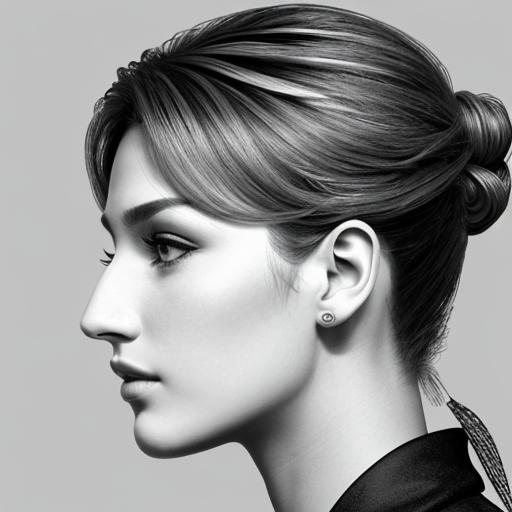
Characterized by a prominent bridge and a slight curve, resembling a hawk’s beak.
Bumpy Nose
The Bumpy Nose refers to a nose with noticeable protrusions or irregularities, especially along the bridge. Here are its features:
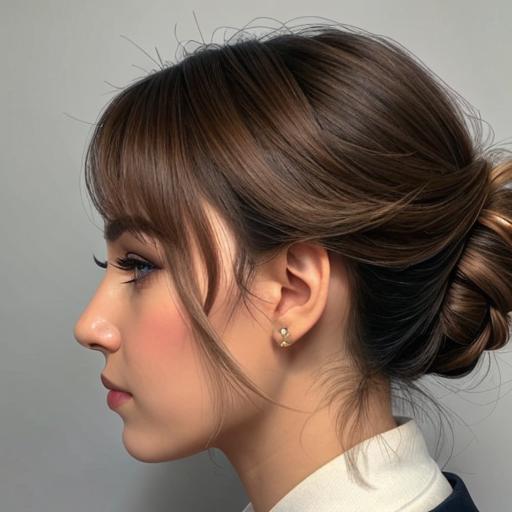
- Bridge: The most defining characteristic of a bumpy nose is the presence of one or more bumps or humps on the bridge. These can be subtle or quite pronounced.
- Cause: Bumps can be a result of genetics, injuries (like a broken nose that didn’t heal smoothly), or developmental factors.
- Appearance: Depending on the size and location of the bump, it can make the nose appear somewhat wavy or irregular when viewed in profile.
- Treatment: Some people choose to embrace their natural nose shape, while others might opt for rhinoplasty (a type of plastic surgery) to smooth out the bump or bumps and achieve a more traditionally “straight” nose appearance.
East Asian Nose
The East Asian Nose refers to common nasal features found in many individuals of East Asian descent, though it’s essential to remember that there’s considerable diversity within any racial or ethnic group, and not everyone within this group will have these specific characteristics. Here are some common features associated with the East Asian nose:

- Bridge: The bridge of the nose tends to be flatter or lower. In some cases, the nasal bridge starts at the level of the eyelashes or even lower, which can give the appearance of a single eyelid or monolid for some individuals.
- Base: The base of the nose might be broader, with wider nostrils.
- Tip: The tip of the nose is often more bulbous or rounded.
- Height: Overall, the East Asian nose might be shorter in height when compared to some other nose types.
Bulbous Nose
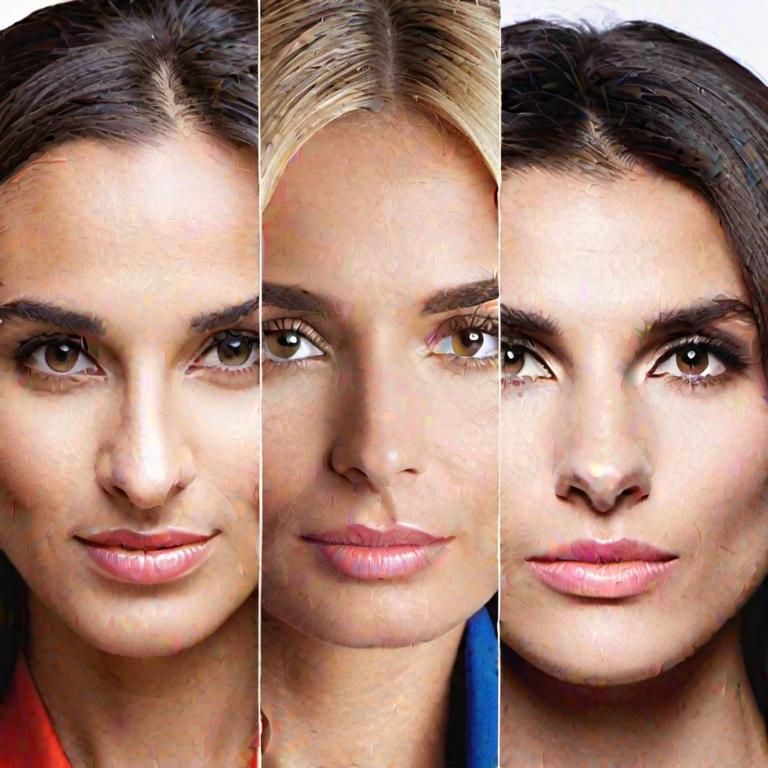
Bulbous Nose is the rarest nose shape, sometimes referred to as the “Rounded Nose” is characterized by its enlarged or prominent tip, which can appear round, puffy, or protruding. Here are its features:
- Tip: The most distinctive characteristic of a bulbous nose is its bulb-like, rounded tip. The tissues at the tip might seem thicker or more extensive than in other nose types, giving it a bulbous appearance.
- Bridge: While the focus of this nose type is mainly on the tip, the bridge can vary in shape and size. However, in comparison to the tip, it often appears more refined or narrower.
- Texture and Surface: Sometimes, the skin over a bulbous nose tip can appear thicker or have larger pores. In some cases, especially with conditions like rosacea, the nose’s bulbous appearance may be accompanied by redness or visible blood vessels.
- Causes: A bulbous nose can be a result of genetics, aging (as cartilage continues to grow throughout life), or certain medical conditions. Rhinophyma, a severe form of rosacea, for instance, can lead to a bulbous nose.
Differences Between Female and Male Rhinoplasty
Nowadays, both female and male patients want to have rhinoplasty. However, since there are significant characteristic differences between male and female nose shapes, the surgical process should be planned and applied differently.
The main differences between male and female nasal structure are as follows:
- Women’s nasal tip is more raised than men’s nasal tip
- Men have a larger and wider nose tip
- Male nose skin is thicker than female nose skin
- Men have thicker bone and cartilage
- Men have a coarser and flatter back of the nose
- The back of the female nose is more feminine and curved
- Women have a narrower angle between the tip of the nose and the lips
- Men’s noses are longer and larger than women’s noses.
As can be understood from the differences mentioned above, men’s noses are more prominent, while women’s nasal structure is less prominent and elegant. For this reason, in a good rhinoplasty surgery, it is important to avoid a masculine appearance in women and a feminine appearance in men and to achieve a natural result.
The aim of rhinoplasty is always to create a natural nose shape that is compatible with the face. For example, while the bridge of the nose is completely removed and flattened in women, it is left a little sharper in men.
The reason for this is that male patients want to achieve an effect that looks as natural as possible, even non-surgical, without disturbing the masculine and prominent nose shape, while female patients want a more feminine, soft and small nose. In male rhinoplasty, after the curvature and respiratory problems are eliminated, the procedure is terminated without softening the expression that the nose adds to the face or removing the tip of the nose.
In women, nose tip lift is almost always a preferred step. In women, an upturned nose tip is a must for a more attractive and feminine nose. However, when the measure is missed, an extremely unnatural appearance occurs. This appearance, which is not preferred by most women, is a situation that should definitely be avoided as it will cause a very artificial and feminine expression in men.
